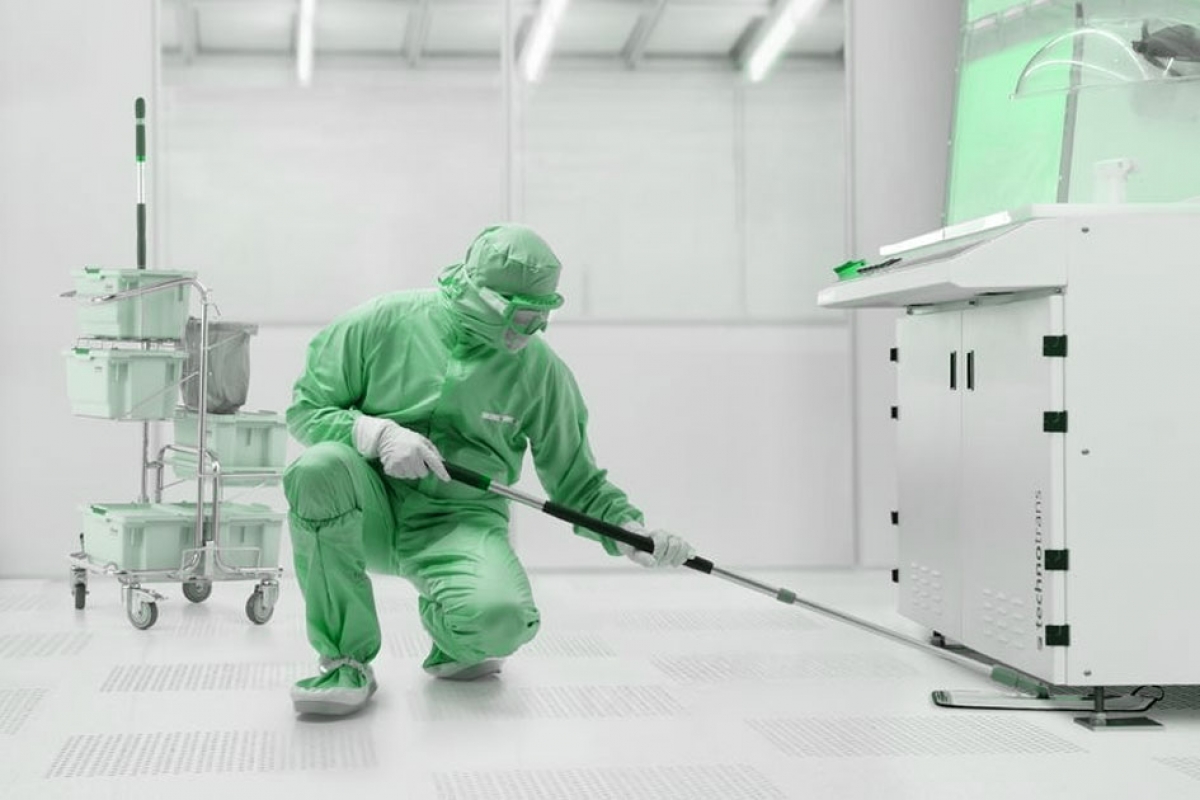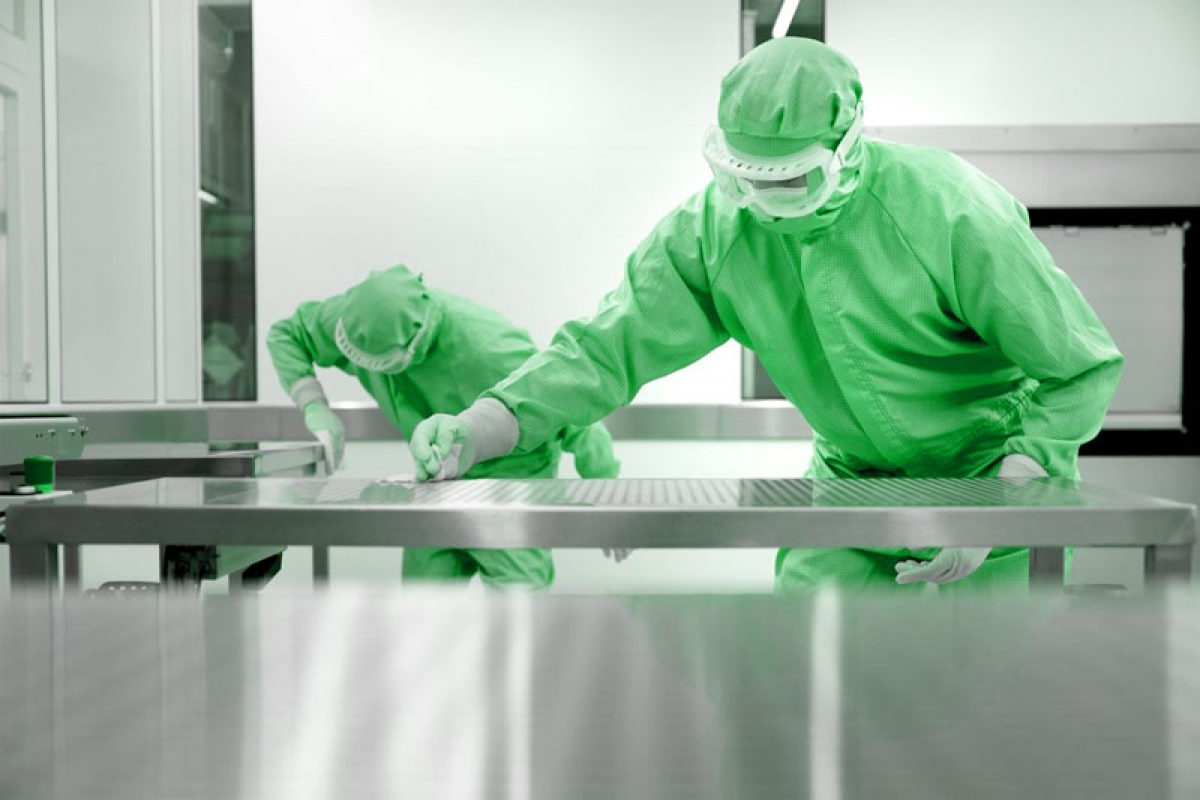Cleanroom Disinfection with bleach
Ensuring Air Quality and Product Safety in modular clean rooms
Introduction
Cleaning and disinfection of the clean room is a key link to ensure air quality and product quality. Bleach (such as bleaching powder) is a common disinfectant and is widely used in clean room disinfection. Its active ingredients can kill bacteria, viruses and fungi, helping to maintain the modular Clean room environment.

1. Basic Properties and Functions of Bleach
Bleaching powder is a chemical preparation with strong disinfection function, and its main components are calcium chloride and calcium hydroxide. Bleaching powder decomposes in water to produce chlorine and hydroxide, has a broad-spectrum bactericidal effect, and can effectively kill bacteria, viruses, fungi and other microorganisms.
Key Points:
- Strong disinfection function with broad-spectrum bactericidal effect
- Main components: calcium chloride and calcium hydroxide
- Decomposes in water to produce chlorine and hydroxide
- Needs proper concentration control to avoid corrosion and pollution
2. The Effect of Bleaching Powder Concentration on Disinfection Effect
The concentration of bleaching powder directly determines its disinfection effect. In the disinfection process of the clean room, too high or too low bleaching powder concentration may lead to unsatisfactory effect. Generally speaking, the concentration should be reasonably adjusted according to the area of the clean room, the degree of pollution and the tolerance of the equipment.
Common Concentration Range
When cleaning the surface, the concentration of bleaching powder solution is usually 1%-5% (that is, 10-50 grams of bleaching powder is added per liter of water).
Disinfection Effect
Too high a concentration may cause corrosion of floors, walls and equipment, while too low a concentration may not achieve the ideal disinfection effect.
3. Frequency of Use and Precautions of Bleaching Powder
Frequency of Use
It is generally recommended to thoroughly disinfect once a month, and adjust according to the degree of pollution if necessary.
Precautions
- Maintain good ventilation to avoid harm from bleaching gas
- Wear protective equipment: gloves, masks, etc.
- Avoid direct contact with skin and respiratory tract

4. Application of Bleaching Powder in Different Disinfection Scenarios
Bleaching powder has a wide range of applications, but the disinfection requirements and methods in different scenarios are different. In clean rooms, it is mainly used for cleaning fixed facilities such as floors, walls, and equipment surfaces.
| Scenario | Application Method | Concentration | Frequency |
|---|---|---|---|
| Surface Disinfection | Wipe walls and floors | 1%-2% | Once a month |
| Air Disinfection | Air purifier with gasified solution | Specialized | As needed |
| Equipment Disinfection | Avoid direct contact, use alternative methods | N/A | As needed |
5. Evaluation and Standards of Disinfection Effect
In order to ensure the reliability of the disinfection effect, the cleanliness of the environment after disinfection must be evaluated regularly. Air quality monitoring, surface microbial detection and other methods can be used to confirm whether the disinfection effect meets the requirements.
List of Relevant Standards and Specifications
| Standard | Description |
|---|---|
| ISO 14644-1 | Air cleanliness level standard for clean rooms |
| EN 1822 | European hepa filter certification standard |
| ISO 13485 | Requirements for clean rooms in medical device production |
| ASHRAE 170 | US clean room air quality and ventilation standards |
| OSHA Standards | US Occupational Safety and Health Administration standards |
© 2025 Cleanroom engineering Services. All rights reserved.
The use of bleach as a disinfectant must strictly follow reasonable concentrations and frequencies to ensure clean room air quality and product safety.
 +86 18186671616
+86 18186671616 Jason@cleanroomequips.com
Jason@cleanroomequips.com
 MENU
MENU



